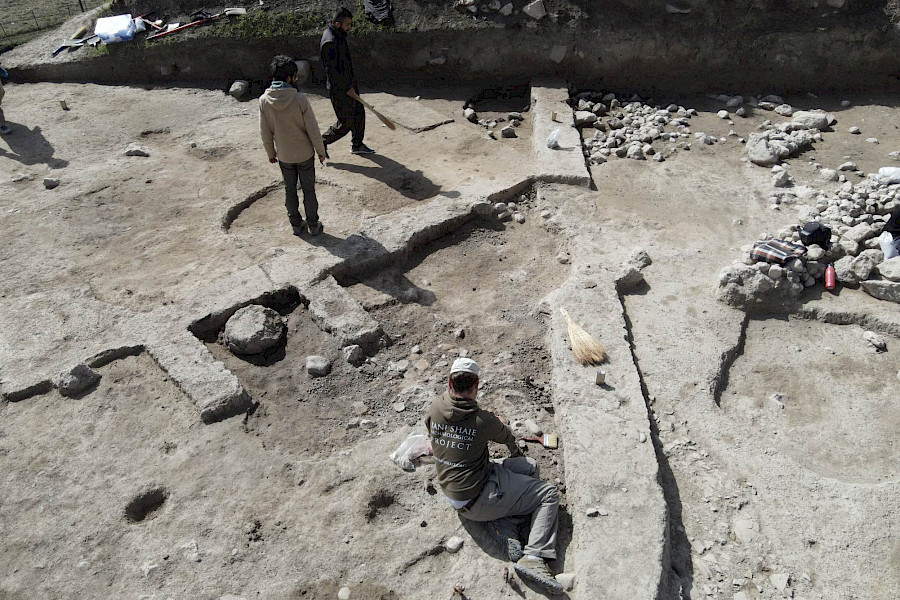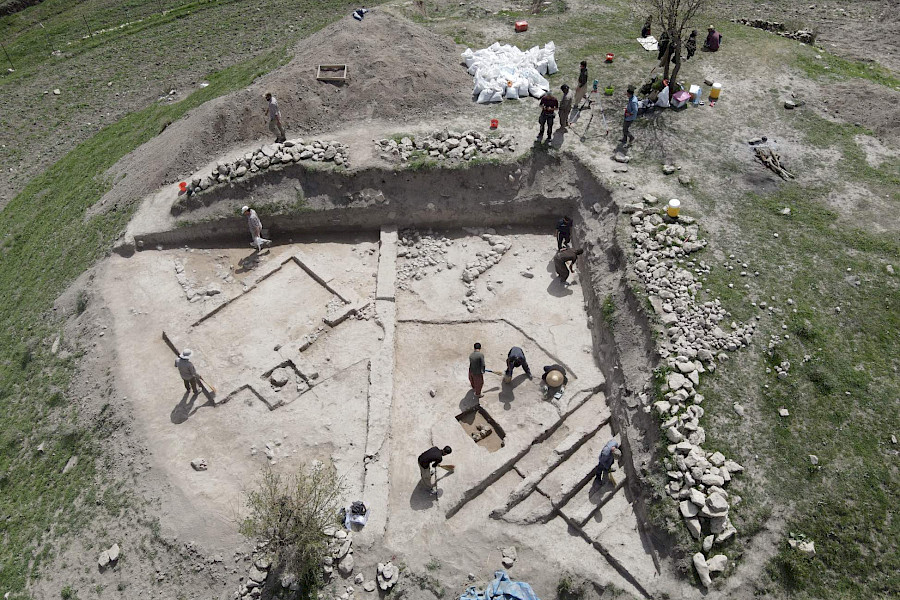International team led by the University of Coimbra makes important findings in Iraqi Kurdistan
The campaign was carried out within the scope of the research project "KSAP - Kani Shaie Archaeological Project"
Translation by Diana Taborda
A new archaeological work conducted by an international team led by researchers of the University of Coimbra (UC) in Kani Shaie, in Iraki Kurdistan, has led to several findings.
The campaign was carried out within the scope of the research project "KSAP - Kani Shaie Archaeological Project", - funded by the Portuguese Foundation for Science and Technology (FCT), and was coordinated by André Tomé, Maria da Conceição Lopes and Steve Renette, from the Centre of Studies in Archeology, Arts, and Cultural Heritage (CEAACP) of the UC. It involved the participation of researchers of eight nationalities and from several universities, such as Cambridge, Toronto and North Carolina.
Kani Shaie lies at the gates of the mountains, between the plain and the high mountains known as Zagros, and is a small site far from the heart of Mesopotamia. Nonetheless, it is fully integrated into the regional context of the great technological developments and societal transformations that, in the time between the 6th millennium BC and the end of the first half of the 3rd, shape the future of humankind.
This excavation campaign focused on contexts from the beginning of the third millennium, and the team of archaeologists discovered "part of an occupation with single-celled architectures with access to outdoor work spaces equipped with small ovens and other food processing structures, as well as unusual materials for the time, such as metal", reveal André Tomé and Maria da Conceição Lopes.
They further add that "a large grain storage structure was also discovered that seems to have been destroyed by a fire, although we still do not know what caused it,"
Inside, "several impressions of cylindrical seals were found, revealing sealing practices and the control of goods and property. These impressions, usually associated with urban contexts, show that a small site like this, of simple architecture, was at the centre of the world, with links to the great cities of the Mesopotamian South, including the region of Susa in present-day Iran, to distant valleys in the mountainous regions of the Zagros, to Syria and Anatolia".
Alongside the excavations, the UC/CEAACP team carried out complementary research based on fieldwork on traditional architecture, recording of construction techniques and architectural morphologies in several sub-units of the landscape of the mountain areas of Sulaimania.
The KSAP team signed a new partnership contract with the Kurdish authorities to extend the work for another five years. During the archaeological excavations, technical training courses were also provided to local students and archaeologists.


